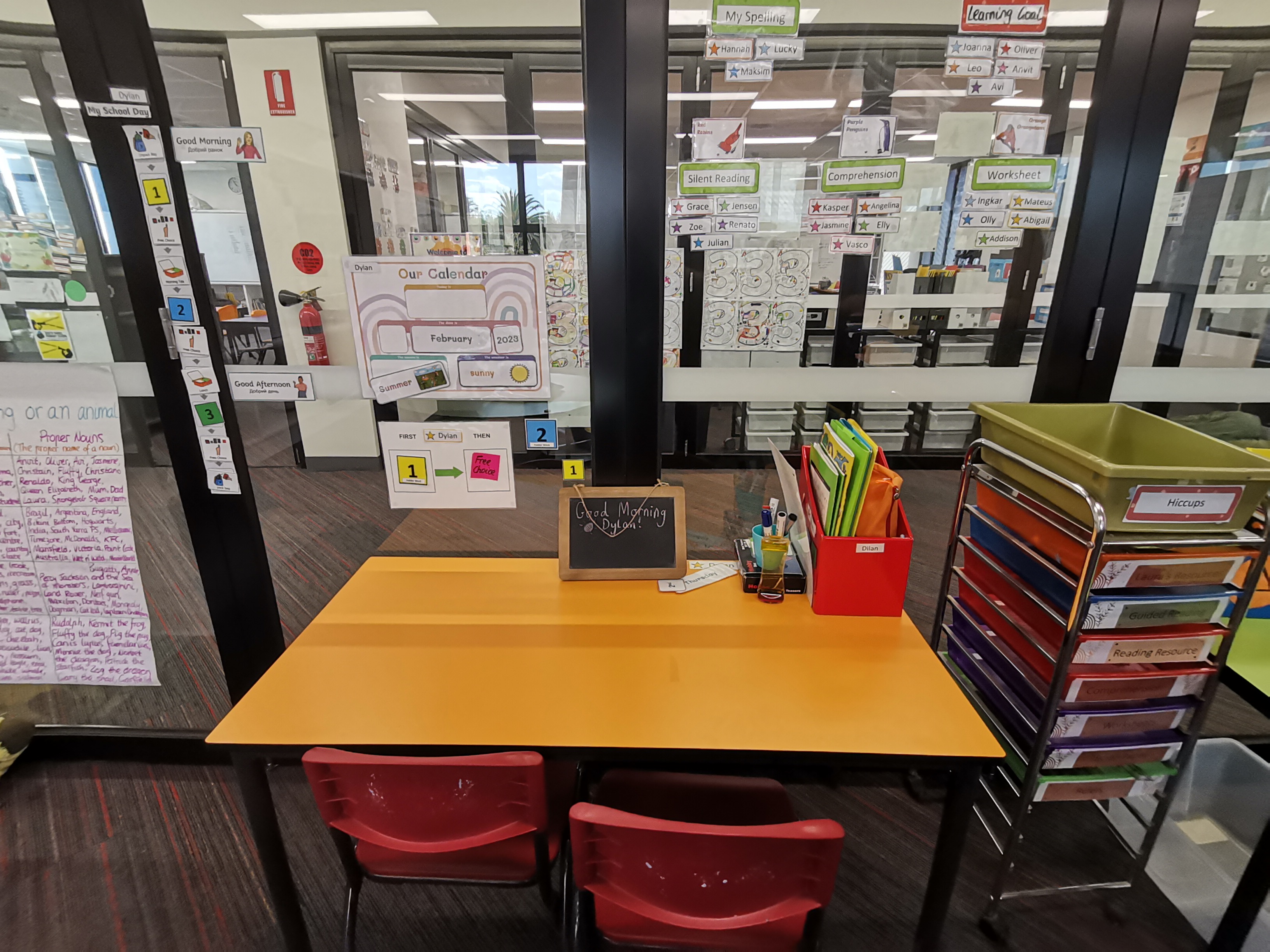INCLUSION
Sunday 2 July 2023

Concerns About Inclusion in Schools
Inclusion is more than a word - it's a promise that every child, regardless of their abilities, will have the opportunity to learn and grow. For children like Dilan, who has ASD, inclusion means creating an environment where they are not only present but actively engaged in the learning process. Unfortunately, this promise often falls short in practice.
The Reality of Inclusion
When Dilan started at his school, we were hopeful that the program would cater to his needs. However, it quickly became clear that the school was struggling to provide the kind of support he required. Instead of addressing his unique challenges and adapting their methods, the staff often preferred to avoid interrupting him. This approach, while perhaps easier for the teachers, left Dilan without the assistance he needed to truly benefit from his education.
It was disheartening to realize that the school's understanding of inclusion was surface-level at best. Inclusion isn't just about allowing a child to attend school; it's about ensuring they are an active participant in the classroom. For Dilan, this meant adapting lessons, providing sensory-friendly tools, and fostering an environment where he could interact with his peers in meaningful ways. Sadly, these steps were rarely taken.
Making the Decision to Move On
After months of observing this lack of support, we knew we had to make a change. Staying in a place that didn't fully understand or embrace inclusion wasn't an option. By the end of the year, we decided to move Dilan to a different school - one we hoped would offer a more inclusive and supportive environment.
This decision wasnt easy. Switching schools can be stressful for any child, let alone one with autism. But we knew that in the long run, finding the right school was essential for Dilan's growth and happiness. It was a leap of faith, but one we felt compelled to take.
The Role of Parents in Advocating for Inclusion
As parents, it's vital to take an active role in advocating for inclusion. Schools may not always have the tools or understanding needed to support children with additional needs, and it's up to us to raise these concerns at all levels. From teachers and school administrators to policymakers, inclusion requires a collective effort driven by persistent voices from the community.
In my view, building a system that works starts with forming a strong community. Parents, educators, and specialists need to collaborate to create groups and classes that promote inclusion effectively. By coming together, we can develop a framework - an "Inclusion 2.0" - to enhance existing education systems. This framework would not only provide tools and strategies for supporting children with additional needs but also educate schools on what true inclusion looks like.
Lessons Learned
Our experience has highlighted the gap between the idea of inclusion and its implementation. True inclusion requires effort, understanding, and a willingness to adapt. It's not about ticking boxes; it's about building a community where every child feels valued and supported.
As parents, we've learned to advocate for Dilan - to ask questions, challenge assumptions, and seek out environments that align with his needs. While the journey hasn't been easy, it has taught us the importance of persistence and hope. Dilan deserves an education that recognizes his strengths and helps him overcome his challenges, and we will continue to work toward that goal.
By creating a supportive network and driving change together, we can help ensure that inclusion becomes more than a promise - it becomes a reality for every child.